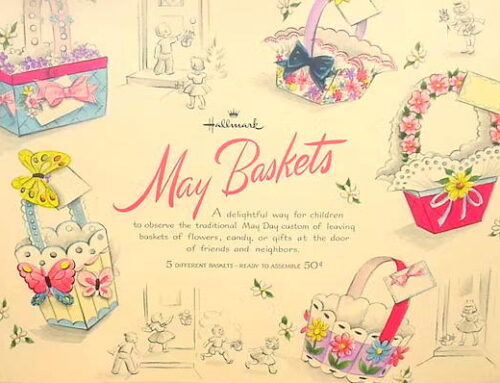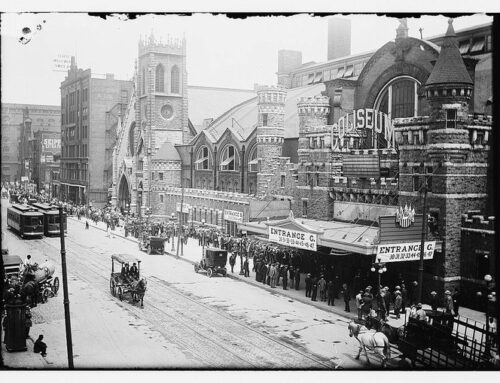Happy St. Valentine’s Day to my readers. Today’s post is about love stories found in formerly enslaved narratives at the Library of Congress. These narratives are available here: Born in Slavery: Slave Narratives from the Federal Writers’ Project, 1936-1938.
Containing more than 2,300 first person accounts of slavery and 500 photographs of former enslaved people, these narratives were collected in the 1930s as part of the Federal Writers’ Project (FWP) of the Works Progress Administration, later renamed Work Projects Administration (WPA). At the conclusion of the Slave Narrative project, a set of edited transcripts was assembled and microfilmed in 1941 as the seventeen-volume Slave Narratives: A Folk History of Slavery in the United States from Interviews with Former Slaves. In 2000-2001, the Library of Congress digitized the narratives from the microfilm edition and scanned from the originals 500 photographs, including more than 200 that had never been microfilmed.
The Library of Congress blog writes:
Finding stories of love within the narratives of ex-slaves shouldn’t come as a surprise. After all, for the millions of men, women and children who endured atrocities and injustices under the institution of slavery, the only bond that offered any hope of liberation – if not of the body, then of the soul – was the bond of love.
Examples of love in its many manifestations – spiritual, brotherly, paternal and, yes, romantic – can be found in the Library’s digital collection Born in Slavery: Slave Narratives from the Federal Writers’ Project, 1936-1938.
The “Born in Slavery” collection offers a variety of ways to search for content. From its list of collection items, researchers can search the full-text of narratives by name of narrator, informant or keyword through the top search box (when conducting the search, be sure “This Collection” is the selected search option).
In addition, users can use the “Refine your results” options at the left of a results page to browse for results by a number of criteria, including location and subject. A list of narratives by state is also available, as well as the option from the About page to search the collection by volume.
For other resources for African American genealogy research, click here.





Leave a Reply